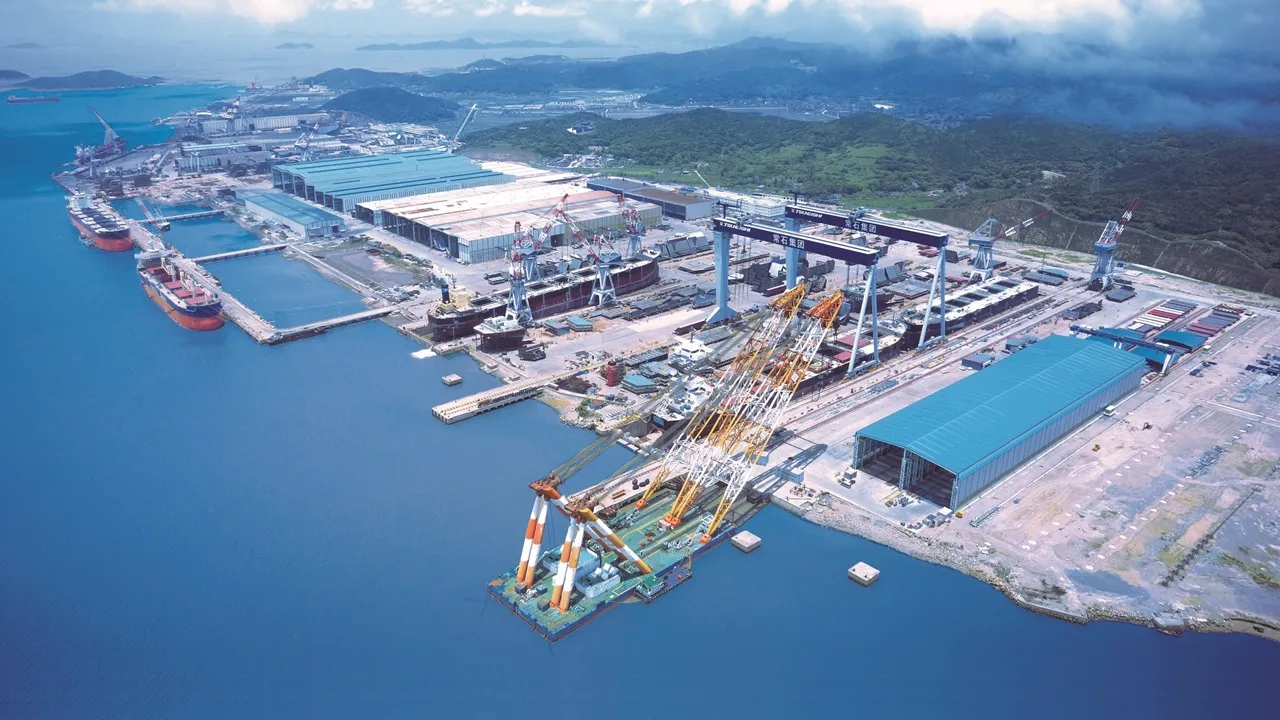🌄 Episode 3 – Beyond the Tunnel: Landscapes, Lakes, and Lost Histories
A Vista I Wasn’t Prepared For
The next day, I crossed over to the other side of the tunnel. What opened before my eyes was a breathtaking vista I hadn’t been prepared for.
It wasn’t just about the lonely roads winding through the hills, lined with trees in hues I couldn’t quite name. In the small fields I saw patches of yellow flowers — perhaps mustard — and in others, the tender green stalks of wheat. But what intrigued me most were the odd signs placed in many of these fields. Sticks were planted in strange patterns, with ribbons tied to them and tufts of hair or similar charms. To my Indian eyes, they looked like attempts to ward off the evil eye.
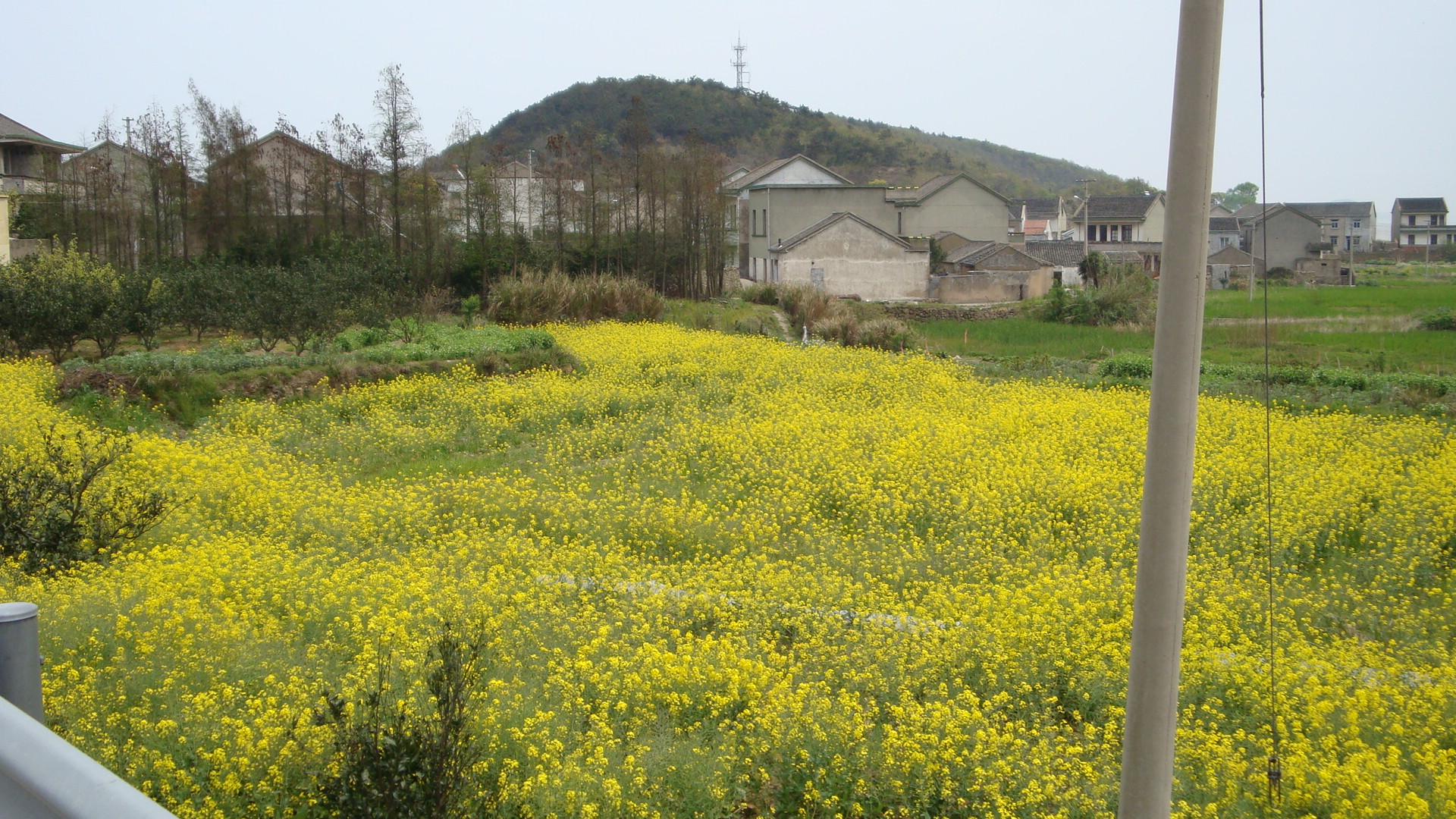
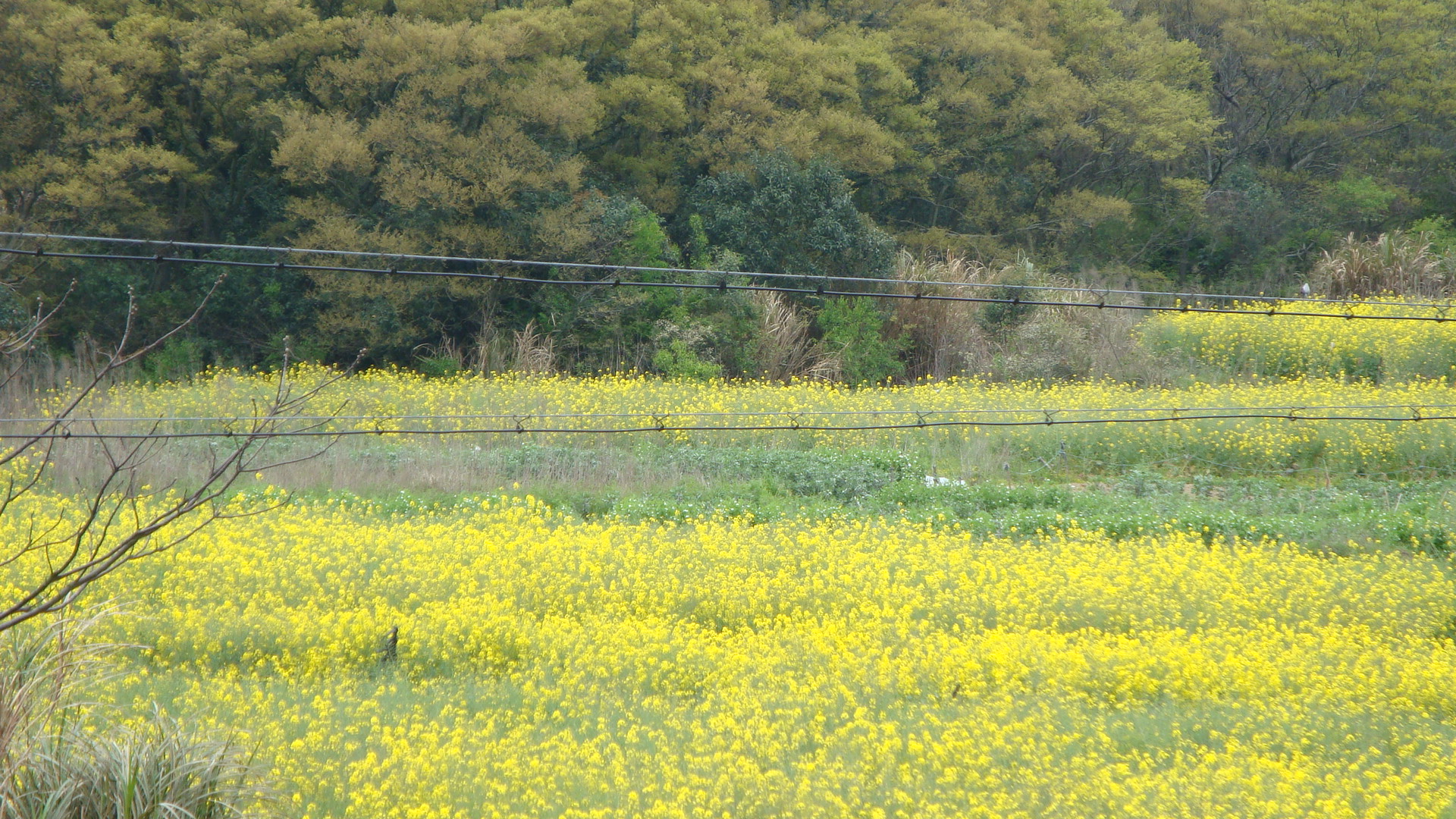
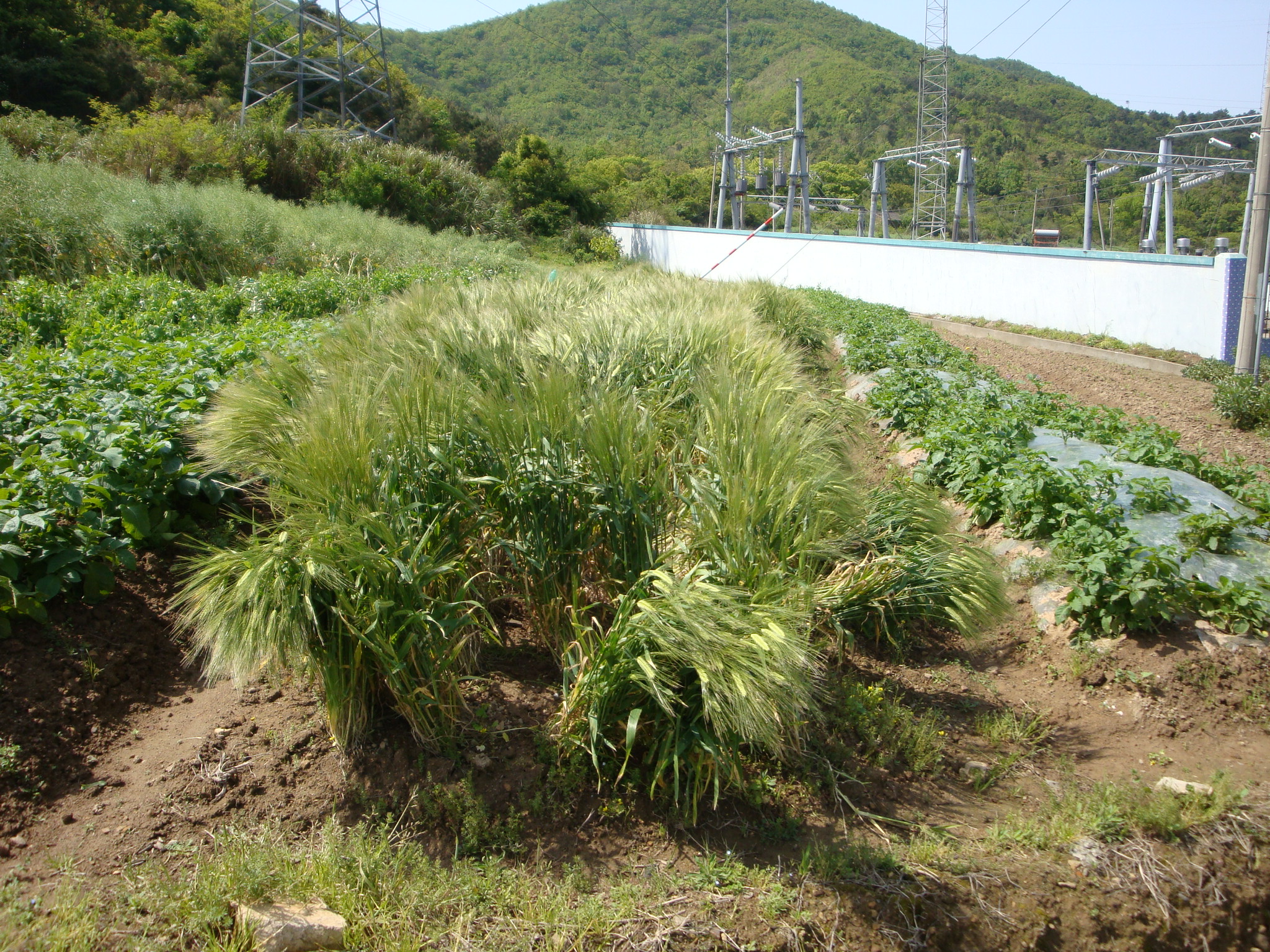
The Lake Beyond the Tunnel
Then, as I walked out further, a huge lake suddenly revealed itself. Most likely it was a reservoir for rainwater harvesting, given the embankment wall that stood at its far end.
This hilly terrain had no rivers, and yet the village seemed self-sufficient. I later discovered that it had both a water treatment plant and a sewage treatment plant — to me, ultra-modern facilities for what was still a village.
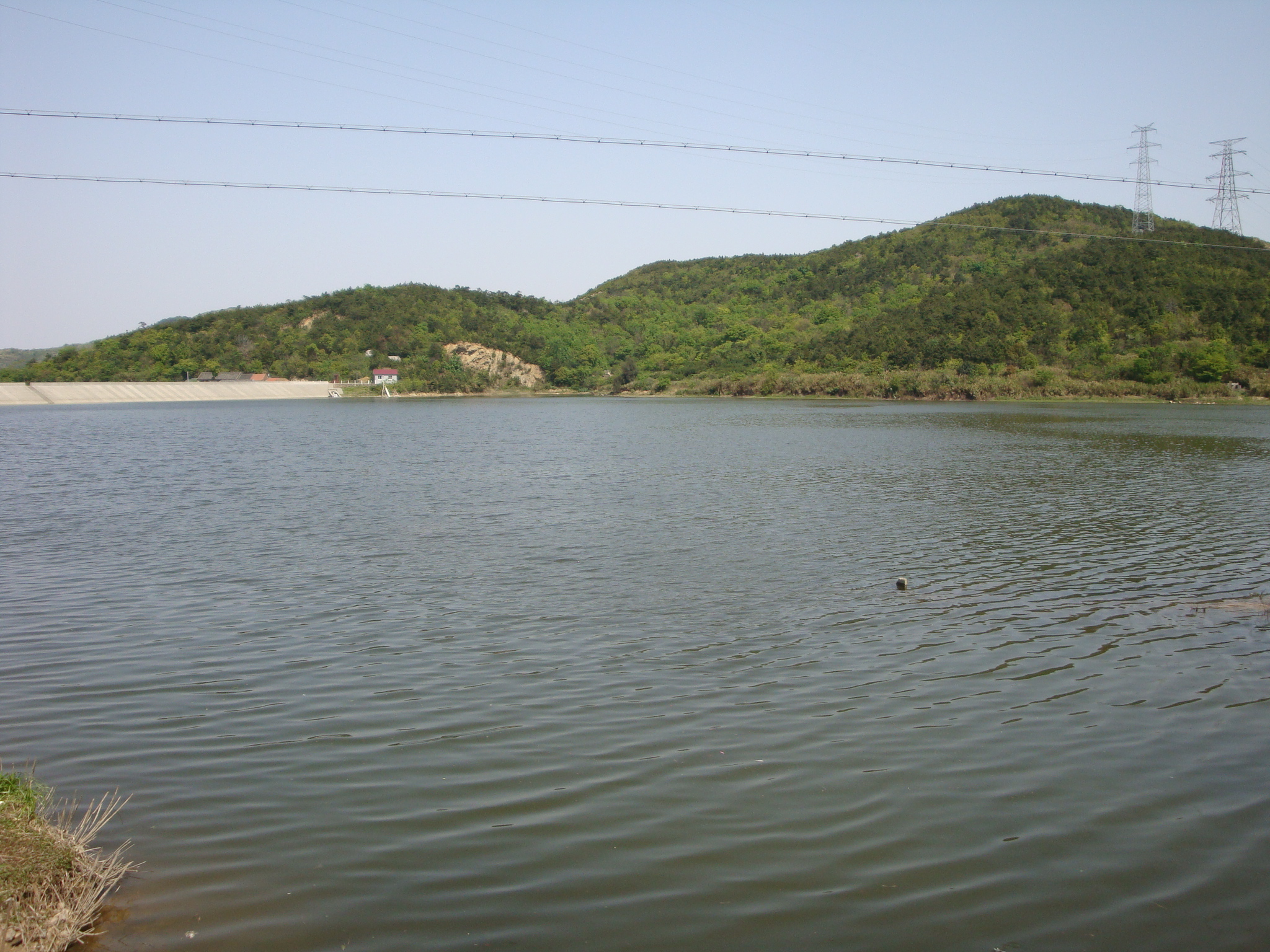
Ducks swam merrily across the cool morning waters while a light, pleasant breeze whispered across the surface. It was a heavenly scene, yet almost unsettling in its quietness — not a soul around.
A Shipyard Owned by Strangers
The quiet was deceptive. Not far from there stood a shipyard — huge, sprawling, and, to my surprise, owned by the Japanese.
At the time, I knew very little about the tangled history between the two nations. I hadn’t yet heard in detail of the Nanjing Massacre or the darker tales of Japanese occupation. That knowledge came years later, when I read Wild Swans: Three Daughters of China by Jung Chang — a book banned in China, and impossible to find in any bookstore there, let alone in English.
📖 I read it four years later, in Australia while staying with my son — not while stranded in Xiushan, where even buying groceries to cook my own meals was a daunting task. My wife would laugh if she knew I was learning to fend for myself in a Chinese kitchen!
Strange Alliances in a Commercial World
For the Japanese to have a shipyard in China seemed, at first glance, a political anomaly. But business rewrites history faster than nations reconcile. Machinery and sections of hulls were fabricated in Japan and shipped across the ocean, only to be assembled here on Chinese soil.
Commerce has its own rules. As we’ve seen time and again — whether in the shifting tides of East Asia or in Donald Trump flashing the tariff whip — nations posture, but business finds a way.
But all this — the fields, the quiet lake, even the Japanese shipyard — was only the backdrop. What awaited me in Xiushan was something stranger still: a village where people were invisible, nights were silent, and even the dogs… never barked.
Image Credits to- TSUNEISHI-ZOUSHAN
In an article by Catherine Si in her post dated in Seatrade Maritime News dated September 13, 2024
👉 Continue to Episode 4 – Life in Xiushan: The Village That Slept in Silence
